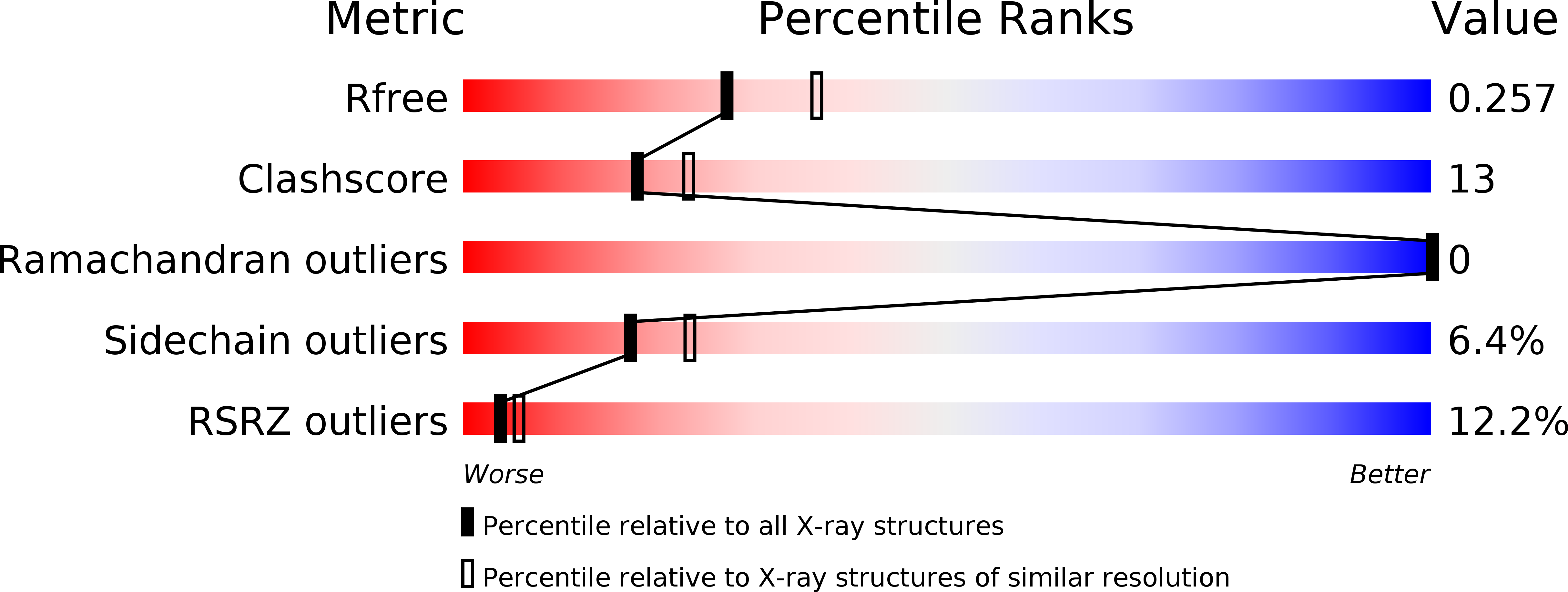
Deposition Date
2012-01-13
Release Date
2012-03-21
Last Version Date
2023-12-20
Entry Detail
Biological Source:
Source Organism:
SCHIZOSACCHAROMYCES POMBE (Taxon ID: 4896)
Host Organism:
Method Details:
Experimental Method:
Resolution:
2.30 Å
R-Value Free:
0.26
R-Value Work:
0.22
R-Value Observed:
0.22
Space Group:
P 1 21 1


